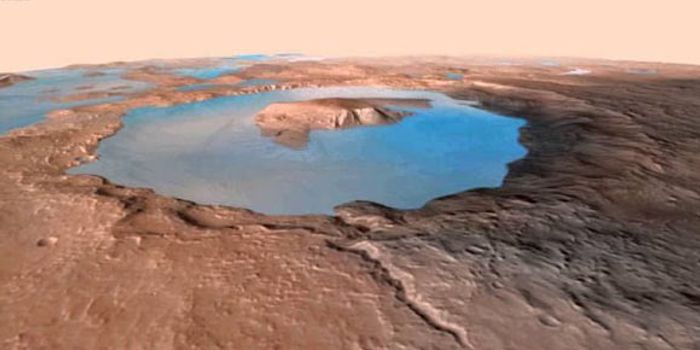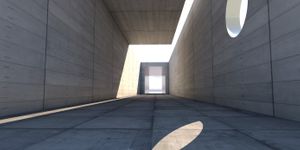Puzzling features deep in Earth's interior illuminated
The Earth is a wonderful place full of both beauty and mystery. While it’s easy to both study and explore the Earth above ground, studying its interior is incredibly tricky, mainly since we literally can’t get there. Therefore, scientists must use seismic waves from earthquakes to study the Earth’s interior, which can bring about some promising results about how the inside of the very planet we live on works.
A recent study published in Nature Communications is the first to take a detailed image of an unusual pocket of rock at the boundary layer with Earth's core known as the core-mantle boundary, some 1864 mi (3000 km) beneath the surface. This study is significant because it is the first to reveal the complex internal variability of one of these pockets in detail, shedding light on the landscape of Earth's deep interior and the processes operating within it. The enigmatic area of rock, which is located almost directly beneath the Hawaiian Islands, is one of several ultra-low velocity zones -- so-called because earthquake waves slow to a crawl as they pass through them.
"Of all Earth's deep interior features, these are the most fascinating and complex. We've now got the first solid evidence to show their internal structure -- it's a real milestone in deep earth seismology," said lead author Zhi Li, PhD student at the University of Cambridge's Department of Earth Sciences.
The structure of the Earth is divided into four major components: the crust, the mantle, the outer core, and the inner core. Each layer has a unique chemical composition, physical state, and can impact life on the Earth’s surface. The Earth’s interior processes are far more complex than surface processes, as it is an ongoing geologic system fueled by extreme pressure and heat that allows us to live comfortably on the surface. These internal processes fuel the volcanoes that help maintain our thick atmosphere and plate tectonics that recycle nutrients in our oceans so life can thrive there, as well.
Researchers now plan to apply their techniques to enhance the resolution of imaging of other pockets at the core-mantle boundary, as well as mapping new zones. Eventually they hope to map the geological landscape across the core-mantle boundary and understand its relationship with the dynamics and evolutionary history of our planet.
As always, keep doing science & keep looking up!
Sources: Nature Communications, National Geographic








